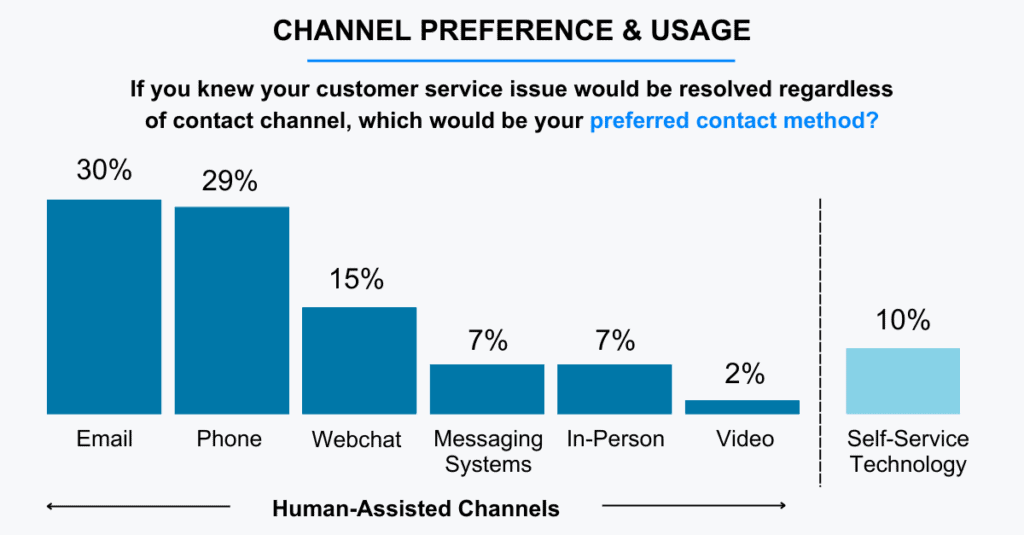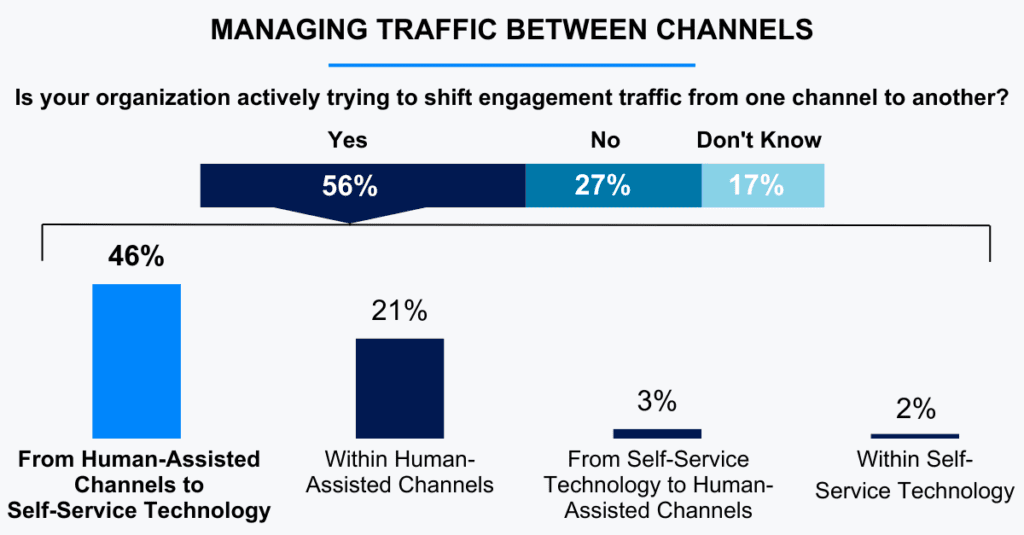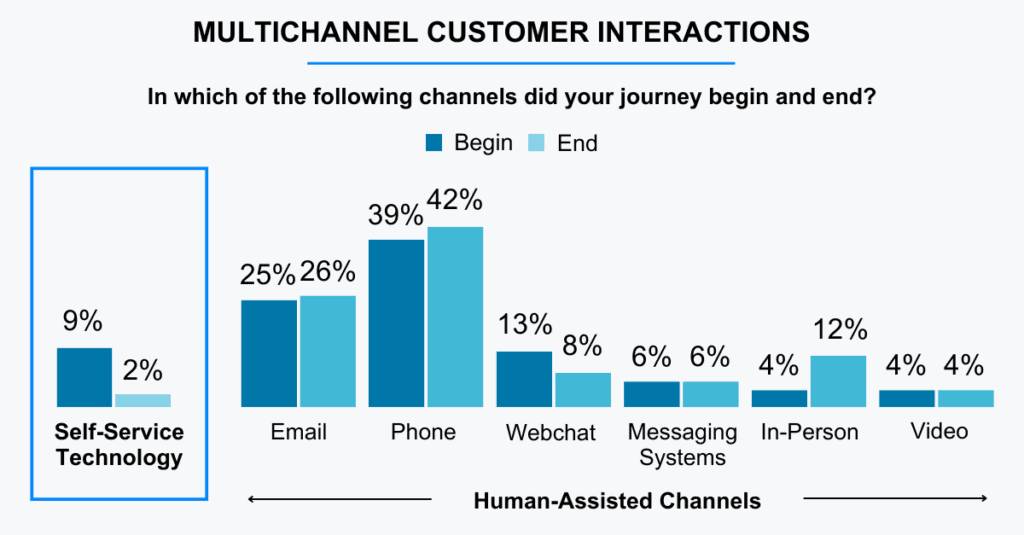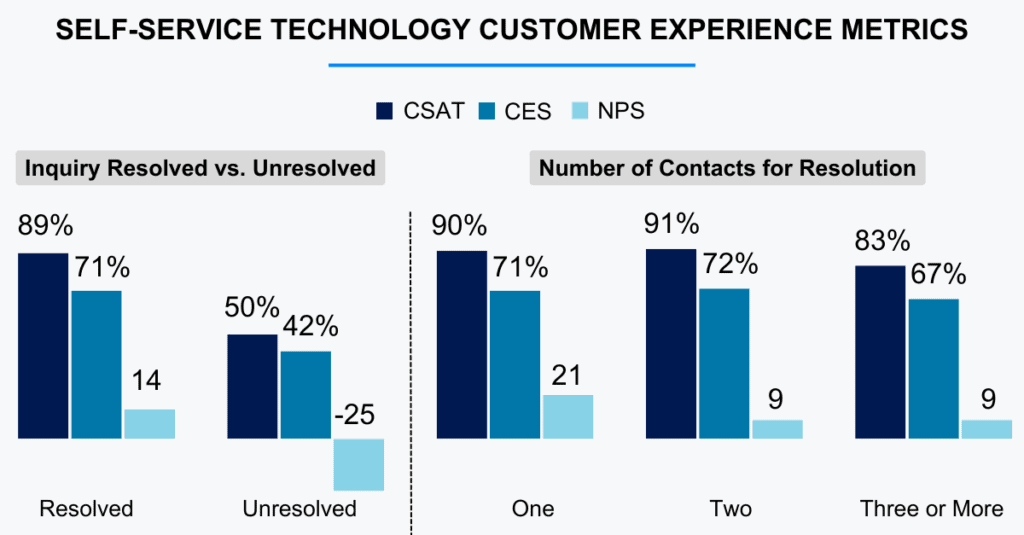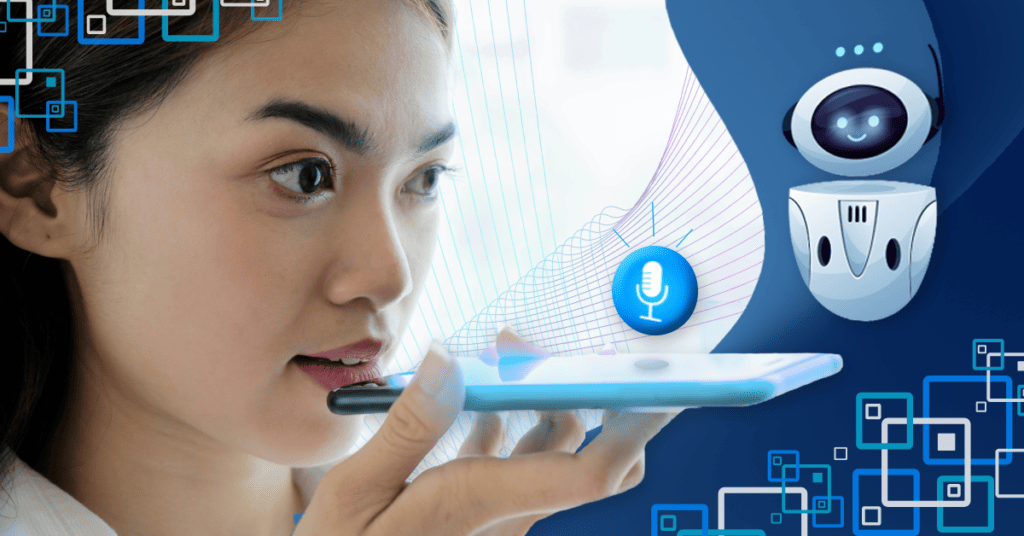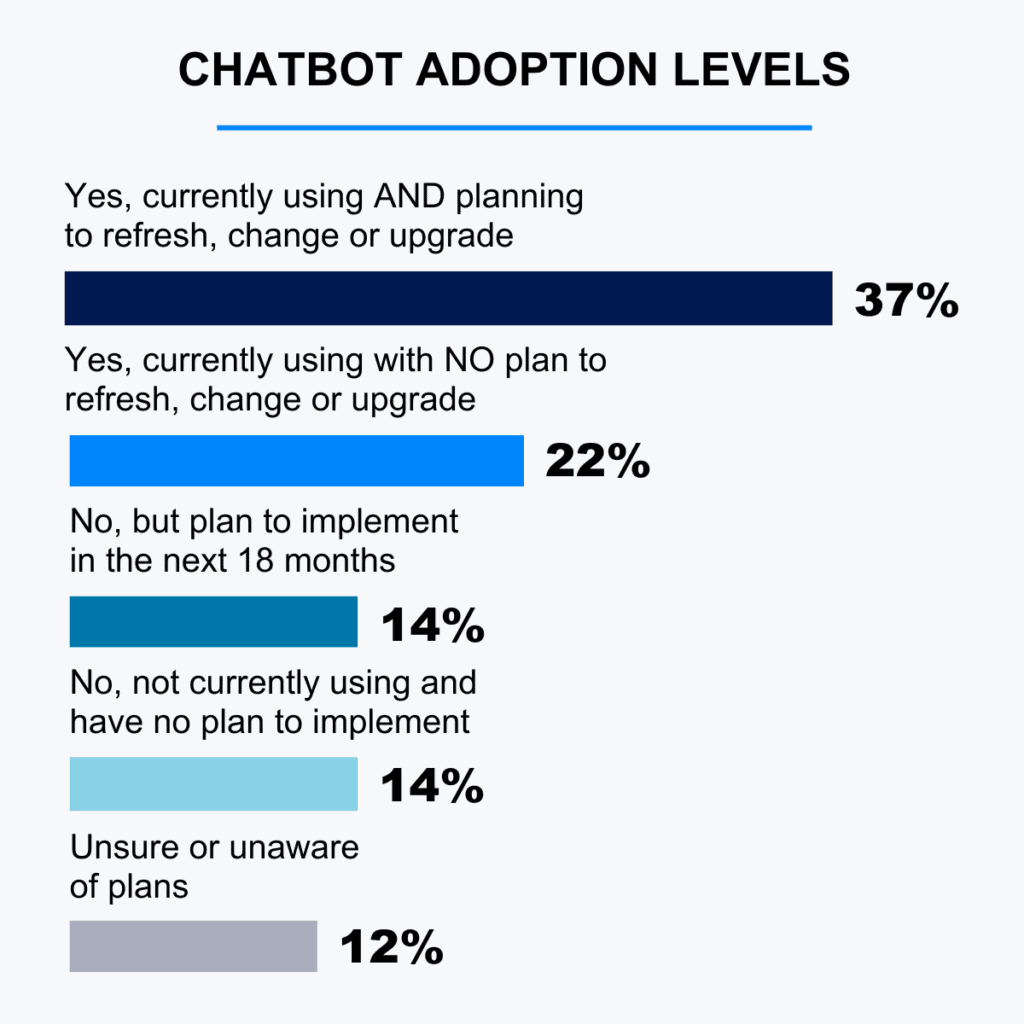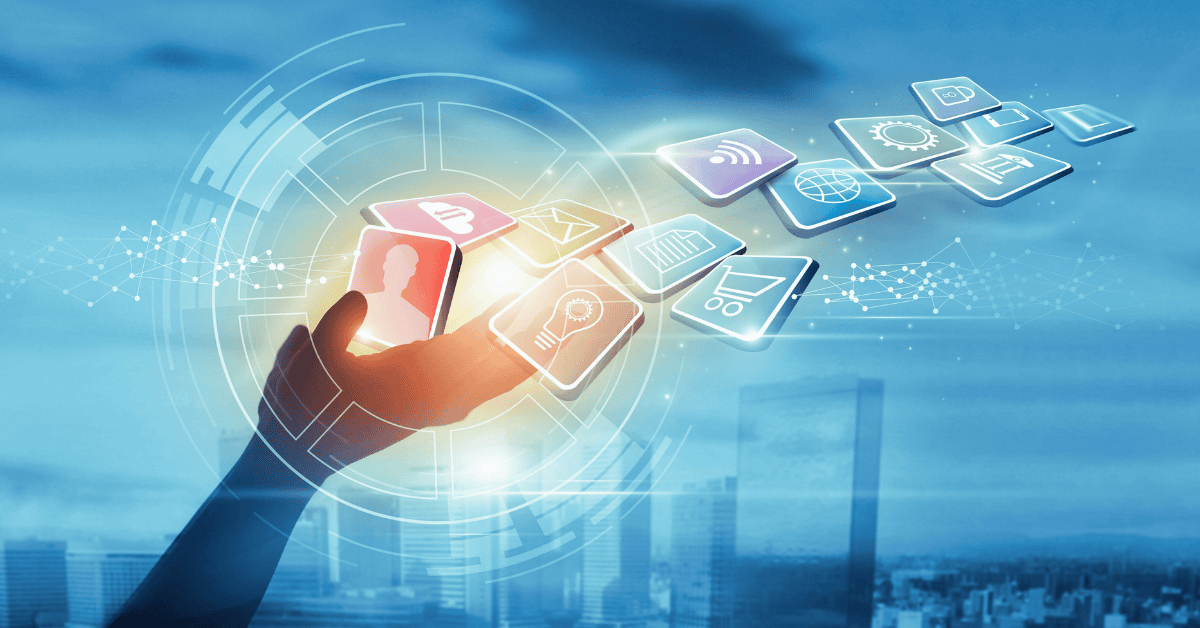
April 1, 2024
While self-service technology is touted as a cost-effective solution, organizations often overestimate its popularity among customers.
In fact, 90% of customers still prefer to communicate through human-assisted channels even if they know self-service would resolve their issue.
This article uses data from COPC Global Benchmarking Series 2023: Contact Center Technologies research report to underscore the importance of refining the self-service experience to make it truly desirable.
Shifting Traffic to Self-Service Technology
While the trend in customer service is shifting towards self-service technology. This move is driven by the dual objectives of reducing cost and enhancing customer experience. However, the transition is not without its challenges. Organizations encounter several obstacles, ranging from technological integration issues to customer acceptance hurdles.
Despite these challenges, a notable 46% of executives report that their customer service strategy now involves directing users towards automated, self-service options instead of traditional human-assisted support.
This strategic pivot underscores the belief in the potential of self-service technology to meet consumer needs while streamlining service delivery.
As more companies push customer care towards self-service, organizations still struggle to deploy these technologies well. It is frustrating to get passed from one representative to another. The same is true in a self-service environment where customers have to repeat information, are asked too many questions, and the solutions are not easy to find or unavailable.
These experiences discourage customers from choosing these channels in the future. COPC research demonstrates a disconnect: while a small segment of customer interactions initiates in self-service platforms, an even smaller fraction sees their issues resolved within this singular channel.
Self-service systems are often engineered with an eye on the bottom line rather than the customer’s ease. By reimagining these systems with a focus on the customer, businesses can shift self-service from a cost-saving tactic to a foundational element of customer satisfaction. This strategy transforms self-service from a convenient choice into the favored channel for customers seeking to address their needs.
Impact on Customer Satisfaction Metrics
Integrating self-service technologies has a measurable impact on Net Promoter Score (NPS).
Customers whose inquiries were resolved reported an 89% customer satisfaction (CSAT) score and a positive NPS of 14. In stark contrast, when issues were not resolved, NPS plummeted to –25, and CSAT fell to 50%, highlighting the potential for negative customer sentiment to impact overall brand perception.
The data underscores the importance of first-contact resolution, with CSAT at 90% when customers had their issues resolved on the first attempt. While customers are more tolerant of multiple contacts in self-service, there is an impact when it comes to the third attempt, with CSAT declining to 83%, CES at 67% and NPS at 9. These findings indicate a need for optimizing self-service technology to ensure more efficient resolutions.
Setting Customers Up for Success
We typically see that customers need a set of pre-defined options without being given too many. Providing too many choices makes their journey more difficult instead of reducing their effort. Customers appreciate pre-screened alternatives geared toward their needs.
Three main factors that drive satisfaction with self-service technology:
- Access and delivery of core services
- Availability of various support services and systems that contribute to service delivery
- Error-free and accurate delivery
Contact Center Use of AI to Improve Self-Service
When it comes to AI, organizations primarily focus on customer-facing AI, with some using it to support frontline staff and back-office processing. There is a growing interest in leveraging AI, specifically chatbots in contact centers.
A notable 59% of surveyed executives report using chatbots, and 51% plan to implement, refresh, or upgrade them in the next 18 months.
Current utilization, coupled with future enhancement plans, suggests that chatbots are not just a temporary fix but a long-term solution to meeting customer service needs. Despite this growing trend, some in the industry remain hesitant, with 14% of surveyed executives not currently using chatbots nor planning to do so.
Conclusion
Designing self-service with the customer in mind, ensuring first-contact resolution, and maintaining a balance between automated and human-assisted interactions will be the defining factors for businesses aiming to thrive in an AI-augmented future.
As the research suggests, customer experience is driven by the union of technology and a deep understanding of customer needs. The general principle is to entice customers into using self-service with a design that reduces effort and resolves issues. The ultimate barometer of success lies in customer satisfaction and adoption rates.
